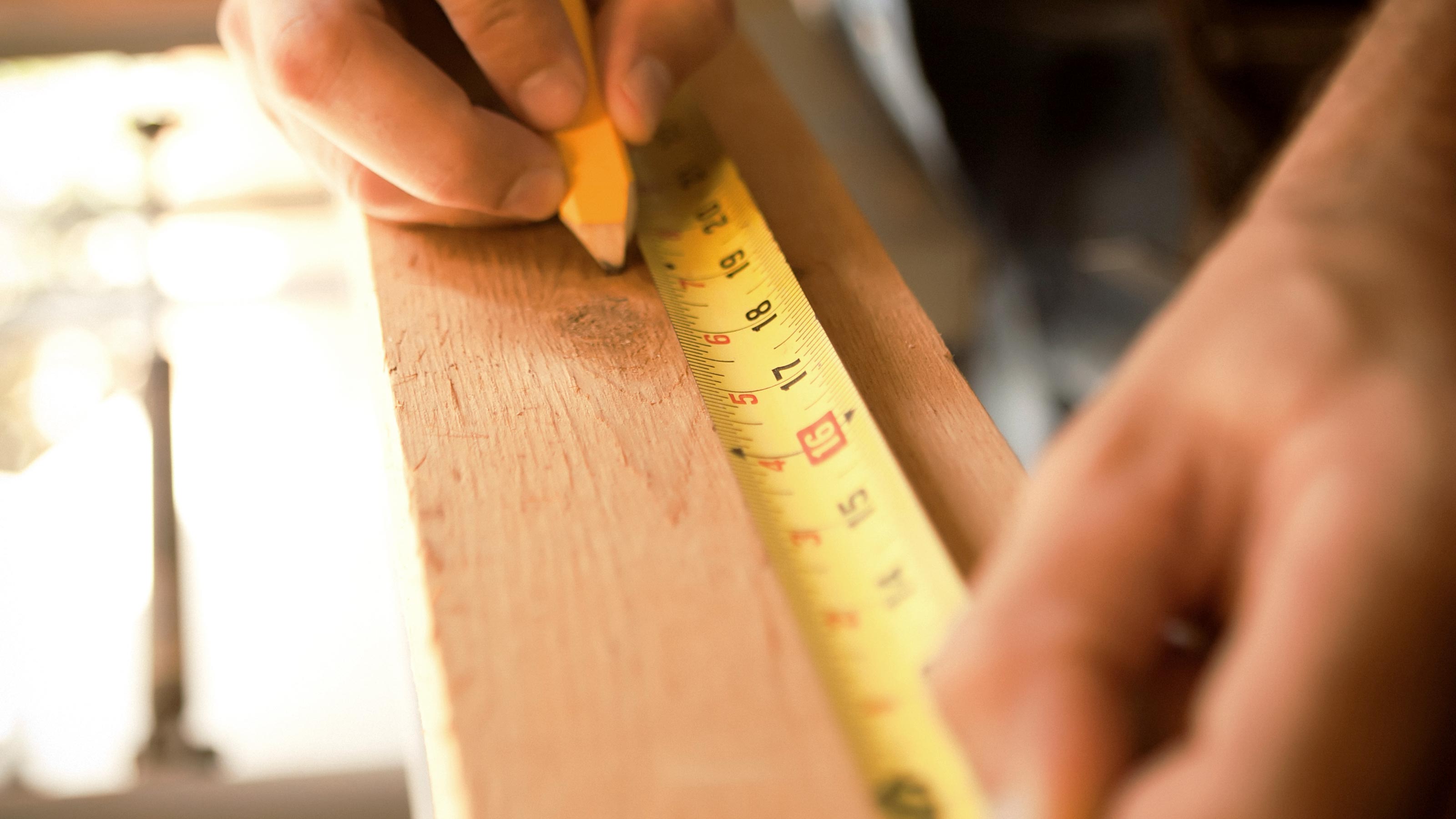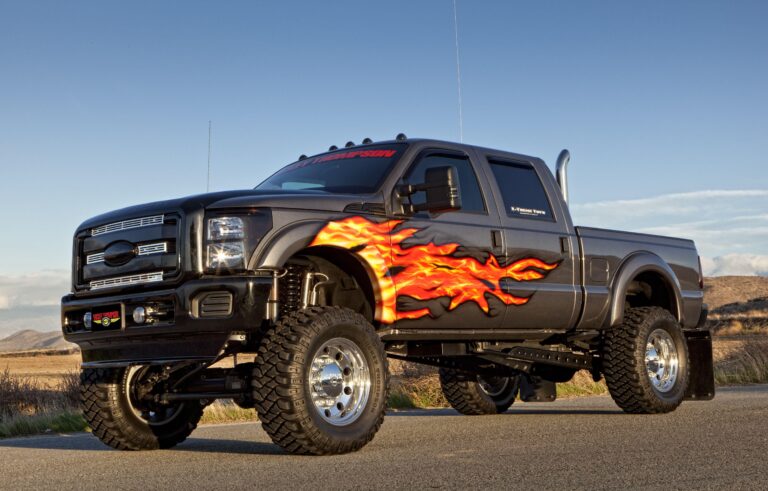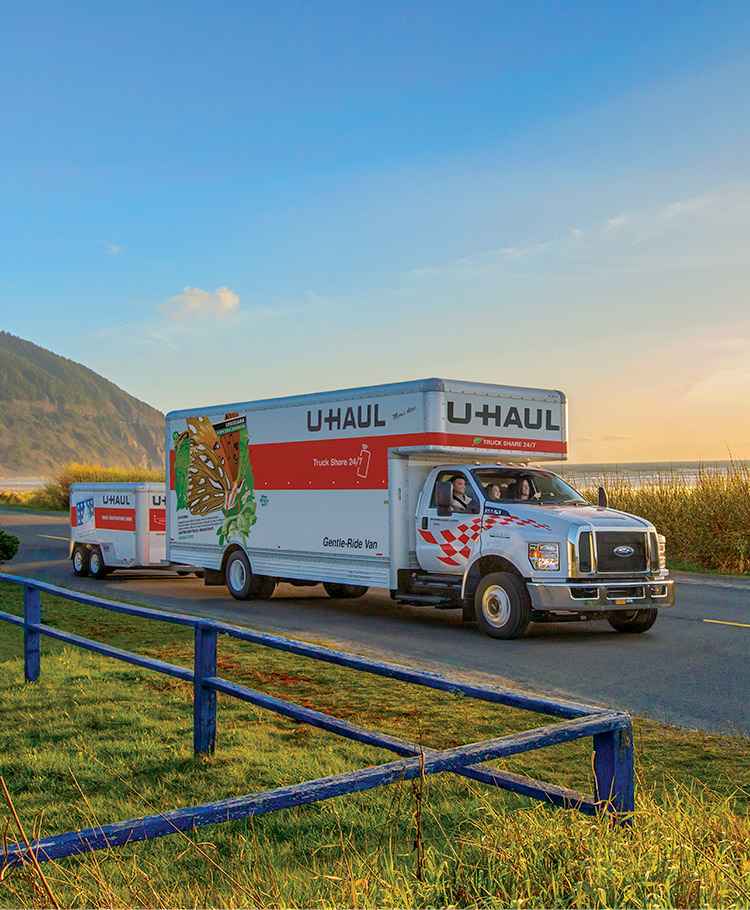How to Measure For a Truck Canopy: The Definitive Guide to a Perfect Fit
How to Measure For a Truck Canopy: The Definitive Guide to a Perfect Fit cars.truckstrend.com
A truck canopy, also known as a truck cap or topper, transforms the open bed of your pickup into a secure, weather-protected, and versatile storage area. Whether you’re a tradesperson needing to secure tools, an outdoor enthusiast hauling gear, or a family looking for extra protected cargo space, a canopy significantly enhances your truck’s utility. However, the success of this enhancement hinges entirely on one critical factor: accurate measurement.
Installing a canopy that doesn’t fit properly can lead to a host of problems – leaks, rattling, damage to your truck bed, diminished security, and an overall unsightly appearance. More importantly, it can turn an exciting upgrade into a frustrating and expensive mistake. This comprehensive guide will walk you through every step of how to measure for a truck canopy, ensuring you get a precise fit that serves your needs perfectly.
How to Measure For a Truck Canopy: The Definitive Guide to a Perfect Fit
Why Accurate Measurement is Crucial
Before we dive into the "how," let’s understand the "why." Why is precise measurement so paramount when selecting a truck canopy?
- Perfect Seal and Weather Protection: A well-fitted canopy forms a tight seal with your truck bed rails, preventing water, dust, and debris from entering. An ill-fitting one leaves gaps, compromising your cargo’s protection.
- Security: Canopies are designed to lock, securing your valuable equipment. If the fit is loose, it can be pried open more easily or even rattle excessively, leading to wear and tear.
- Aesthetics and Resale Value: A canopy that doesn’t align with your truck’s lines looks out of place and can detract from your vehicle’s appearance and, consequently, its resale value.
- Structural Integrity: Canopies distribute weight across the truck’s bed rails. An improper fit can put undue stress on certain points, potentially damaging the bed rails or the canopy itself over time.
- Cost Savings: Avoiding a costly return, exchange, or modification fee for an incorrectly ordered canopy is a significant saving. Do it right the first time!
- Warranty Compliance: Many canopy manufacturers require proper installation and fit for their warranties to remain valid.

Tools You’ll Need for Measuring
Gathering the right tools beforehand will make the measuring process smooth and accurate:
- Metal Tape Measure: A sturdy, retractable metal tape measure at least 25 feet long is essential. Fabric or plastic tape measures can stretch and lead to inaccuracies.
- Pen and Paper/Notebook: To meticulously record your measurements.
- Helper (Recommended): An extra set of hands makes holding the tape measure steady and ensuring accuracy much easier, especially for longer measurements.
- Level (Optional but Helpful): To ensure your truck is parked on level ground, though for most practical purposes, a visual check is sufficient.
- Flashlight (Optional): If measuring in dimly lit conditions.


Understanding Truck Bed Anatomy
To measure correctly, you need to know the key parts of your truck bed that interact with a canopy:
- Bed Rails: These are the top edges of the truck bed where the canopy will rest and clamp down. Your primary width measurements will be across these.
- Bulkhead (Front of Bed): The wall separating the truck cab from the bed. Your length measurement starts here.
- Tailgate: The hinged rear door of the truck bed. You need to ensure the canopy allows for its proper opening and closing.
- Cab: The main cabin of your truck. If you’re getting a "cab-high" canopy, its height must match the highest point of your cab.
- Bed Floor: The bottom surface of your truck bed.
Step-by-Step Guide: How to Measure Your Truck Bed
Follow these steps carefully, taking multiple measurements for each dimension to ensure accuracy. Always round to the nearest 1/8 of an inch.
Step 1: Prepare Your Truck Bed
- Clear the Bed: Remove any cargo, tools, or obstructions from the truck bed.
- Address Bed Liners/Caps: This is critical.
- If you have an over-the-rail bed liner (one that extends over the top edge of the bed rails), you MUST measure over it. The canopy will sit on top of this liner.
- If you have an under-the-rail bed liner (one that stays inside the bed rails), it generally won’t affect the top rail measurements.
- If you have plastic bed rail caps, measure over them.
- Crucial Tip: If you plan to remove your bed liner or rail caps before installing the canopy, remove them before measuring. Their presence or absence significantly alters the dimensions. Most canopies are designed to fit the bare metal rails or common over-the-rail liners.
Step 2: Measure the Length of Your Truck Bed
- Starting Point: Place the end of your tape measure firmly against the inside front wall of the truck bed (the bulkhead), right in the center.
- Ending Point: Extend the tape measure straight back to the inside edge of the top of your tailgate.
- Record: Note this measurement.
- Repeat: Take this measurement at least two more times, perhaps on the left and right sides of the bed, to ensure consistency. Use the most common measurement.
Step 3: Measure the Width of Your Truck Bed
Truck beds are not always perfectly rectangular; they can sometimes taper slightly from front to back. Therefore, you need to take multiple width measurements across the top of the bed rails where the canopy will sit.
- Front Width: Measure the width from the outside edge of the left bed rail to the outside edge of the right bed rail, approximately 6 inches back from the bulkhead.
- Middle Width: Measure the width from outside edge to outside edge, right in the middle of the bed.
- Rear Width: Measure the width from outside edge to outside edge, approximately 6 inches forward from the tailgate.
- Record: Note all three width measurements.
- Determine Canopy Width: The canopy will be built to fit the widest point of your bed, allowing it to sit snugly and seal properly. However, some manufacturers might ask for all three to ensure a custom taper. When ordering, provide all measurements, but be prepared for the canopy to be sized to the widest point.
Step 4: Measure the Height (If Applicable)
This step is primarily for those looking for a "cab-high" canopy or ensuring adequate clearance.
- Cab Height (for Cab-High Canopies):
- Place the end of your tape measure on the top of your truck’s bed rail, directly opposite the highest point of your truck’s cab (usually above the rear window).
- Extend the tape measure upwards to the highest point of your cab.
- Record: Note this measurement. This ensures a cab-high canopy will sit flush with your cab’s roofline for a seamless look.
- Bed Rail Height (from ground): While not directly used for canopy fit, this measurement (from the ground to the top of the bed rail) can be useful for overall vehicle dimensions, especially if you plan to park in garages with height restrictions.
Step 5: Check Tailgate Clearance
Most canopies have a rear door that overlaps the tailgate. Ensure there’s sufficient clearance.
- Visual Check: With your tailgate closed, observe how much it protrudes or curves outwards. Most standard canopies are designed to clear typical tailgates.
- Special Cases: If you have a unique aftermarket tailgate or an unusually thick bed liner on the tailgate, you might need to confirm with the canopy manufacturer.
Special Considerations & Common Pitfalls
- Truck Model Specificity: While measuring is key, remember that canopies are often designed for specific truck makes, models, and even years. A 2020 Ford F-150 short bed will have different dimensions than a 2015 F-150 long bed, or a Ram 1500. Always provide your truck’s full year, make, model, and bed length (e.g., "6.5-foot bed") when inquiring about a canopy.
- Aftermarket Accessories: If you have any aftermarket accessories on your bed rails (e.g., toolboxes that sit on the rails, rail-mounted racks), ensure they will not interfere with the canopy’s installation or sealing. You may need to remove them.
- Future Modifications: If you plan to add a lift kit or larger tires to your truck, consider how this might affect the overall height and aesthetic of a cab-high canopy.
- Used Canopies: If you’re buying a used canopy, not only measure your truck, but also meticulously measure the used canopy itself to ensure it matches your truck’s dimensions. Old canopies can sometimes warp slightly.
- Material Thickness: Canopy walls and the base rail have a certain thickness. Manufacturers account for this, but it’s good to be aware that the internal dimensions will be slightly less than the external footprint.
Types of Canopies and How Measurement Impacts Choice
Your measurements will influence which canopy style best suits your truck and needs:
- Cab-High Canopies: These are designed to sit flush with the top of your truck’s cab, offering a streamlined, integrated look. Your cab height measurement is crucial here.
- Mid-Rise Canopies: Slightly taller than the cab, offering a bit more interior cargo volume without being overly bulky.
- High-Rise Canopies: Significantly taller than the cab, maximizing cargo space, often preferred by contractors or campers.
- Commercial Canopies: Often aluminum or fiberglass, designed for heavy-duty use with internal shelving, toolboxes, and side access doors.
Tips for a Successful Measurement
- Use Metric and Imperial: If possible, record measurements in both inches and centimeters. This can help prevent misinterpretations, especially when dealing with international manufacturers.
- Double-Check Everything: It cannot be stressed enough – measure, measure, and measure again.
- Take Photos: Take pictures of your truck bed, especially any unique features, bed liners, or rail caps. These can be helpful when communicating with canopy dealers.
- Consult the Manufacturer/Dealer: Once you have your measurements, provide them to the canopy manufacturer or dealer. They often have specific templates or databases for common truck models and can confirm if your measurements align with their product specifications.
Troubleshooting Common Measurement Issues
- My bed liner makes my bed longer/shorter/wider! This is why removing it before measuring (if you plan to remove it permanently) or measuring over it (if it’s staying) is vital. Most over-the-rail liners reduce the effective internal length and width.
- My bed rails aren’t perfectly straight. This is common. That’s why measuring at the front, middle, and rear for width is essential. The canopy will be built to accommodate the widest point to ensure it sits squarely and seals.
- I’m not sure where the "inside front" of the bed is. It’s the point where the bed floor meets the bulkhead (the wall closest to the cab).
- My tape measure keeps bending. Ensure you’re using a stiff metal tape measure. If it’s a very long span, get a helper to hold the end.
Summary of Key Measurements for a Truck Canopy
Below is a table summarizing the critical measurements you’ll need and why they are important for selecting the correct truck canopy.
| Measurement Type | How to Measure | Importance / Purpose |
|---|---|---|
| Bed Length | From the inside front of the bed (bulkhead) to the inside top edge of the tailgate. | Crucial for overall fit. Determines the primary length of the canopy. Must match your truck’s bed length (e.g., 5.5 ft, 6.5 ft, 8 ft). Inaccurate length leads to gaps or the canopy being too long/short, preventing proper closure and sealing. |
| Bed Width (Front) | Across the top of the bed rails, ~6 inches back from the bulkhead. | Crucial for canopy base fit. Accounts for any tapering in the truck bed’s width near the cab. |
| Bed Width (Middle) | Across the top of the bed rails, at the midpoint of the bed. | Crucial for canopy base fit. Confirms the consistent width or identifies the widest point if the bed flares. |
| Bed Width (Rear) | Across the top of the bed rails, ~6 inches forward from the tailgate. | Crucial for canopy base fit. Accounts for any tapering in the truck bed’s width near the tailgate. The canopy will typically be built to the widest of these three width measurements to ensure a proper seal. |
| Cab Height | From the top of the bed rail (opposite the cab’s highest point) to the highest point of the truck cab. | Essential for "cab-high" canopies. Ensures the canopy’s roofline aligns perfectly with your truck’s cab for a seamless, factory-integrated look. Also relevant for overall vehicle height for garage clearance. |
| Bed Rail Height | From the bottom of the truck bed to the top of the bed rail. (Less critical for canopy fit, more for aesthetic/interior height). | Less critical for direct canopy fit, but useful for context. Provides an understanding of the internal height available within the truck bed itself, which can influence your choice of canopy height (e.g., if you need to stand items up inside). Can also affect overall vehicle height with certain canopy types. |
| Tailgate Clearance | Visual check: How far the tailgate extends/curves when closed relative to the bed rails. | Ensures rear door functionality. While canopies are generally designed to clear standard tailgates, it’s good to note if you have an unusual aftermarket tailgate or very thick tailgate liner that might interfere with the canopy’s rear door or skirt. |
Frequently Asked Questions (FAQ)
Q1: Can I just use my truck’s manufacturer specifications for bed dimensions?
A: No, absolutely not. While manufacturer specs provide a general idea (e.g., "6.5-foot bed"), actual measurements can vary slightly due to manufacturing tolerances, aftermarket accessories (like bed liners or rail caps), or even minor body damage. Always measure your specific truck.
Q2: Do bed liners or bed rail caps affect the measurements?
A: Yes, significantly! If you have an over-the-rail bed liner or rail caps, they will add to your width and potentially slightly to your length measurements. You must decide if you will keep them or remove them before measuring, as the canopy will be built to sit on whatever is present on the rails.
Q3: My truck bed seems to taper. How do I handle that?
A: This is common. That’s why you must take three width measurements: front, middle, and rear. The canopy manufacturer will use these measurements to ensure the canopy base matches the specific taper of your truck bed, ensuring a snug, leak-proof fit.
Q4: What’s the most critical measurement to get right?
A: Both the length from the bulkhead to the tailgate and the width across the top of the bed rails (especially the widest point) are equally critical. Getting either of these wrong will result in a poor fit.
Q5: Should I measure from the inside or outside of the bed rails?
A: You should measure across the top, from the outside edge of one bed rail to the outside edge of the other bed rail. This is where the canopy’s base will sit and seal. For length, you measure from the inside front wall to the inside edge of the tailgate.
Q6: What if I’m buying a used canopy?
A: Measure the used canopy just as carefully as you measure your truck bed. Compare your truck’s dimensions with the canopy’s dimensions. Be aware that used canopies may have slight warpage or previous damage that affects their fit.
Q7: My truck has a toolbox in the bed. Will that affect the canopy?
A: Yes, if the toolbox sits on or extends above the bed rails, it will interfere with the canopy. Most canopies require a clear, unobstructed bed rail. If your toolbox is under-the-rail, it usually won’t affect the canopy fit, but it will reduce internal cargo space.
Conclusion
Measuring for a truck canopy isn’t just about getting a number; it’s about ensuring a perfect synergy between your truck and its new addition. By meticulously following these steps, utilizing the right tools, and understanding the nuances of your truck’s bed, you’ll be well-equipped to order a canopy that fits flawlessly, provides optimal protection, and enhances the functionality and appearance of your pickup for years to come. Take your time, measure twice (or thrice!), and invest in the peace of mind that comes with a perfectly fitted truck canopy.





